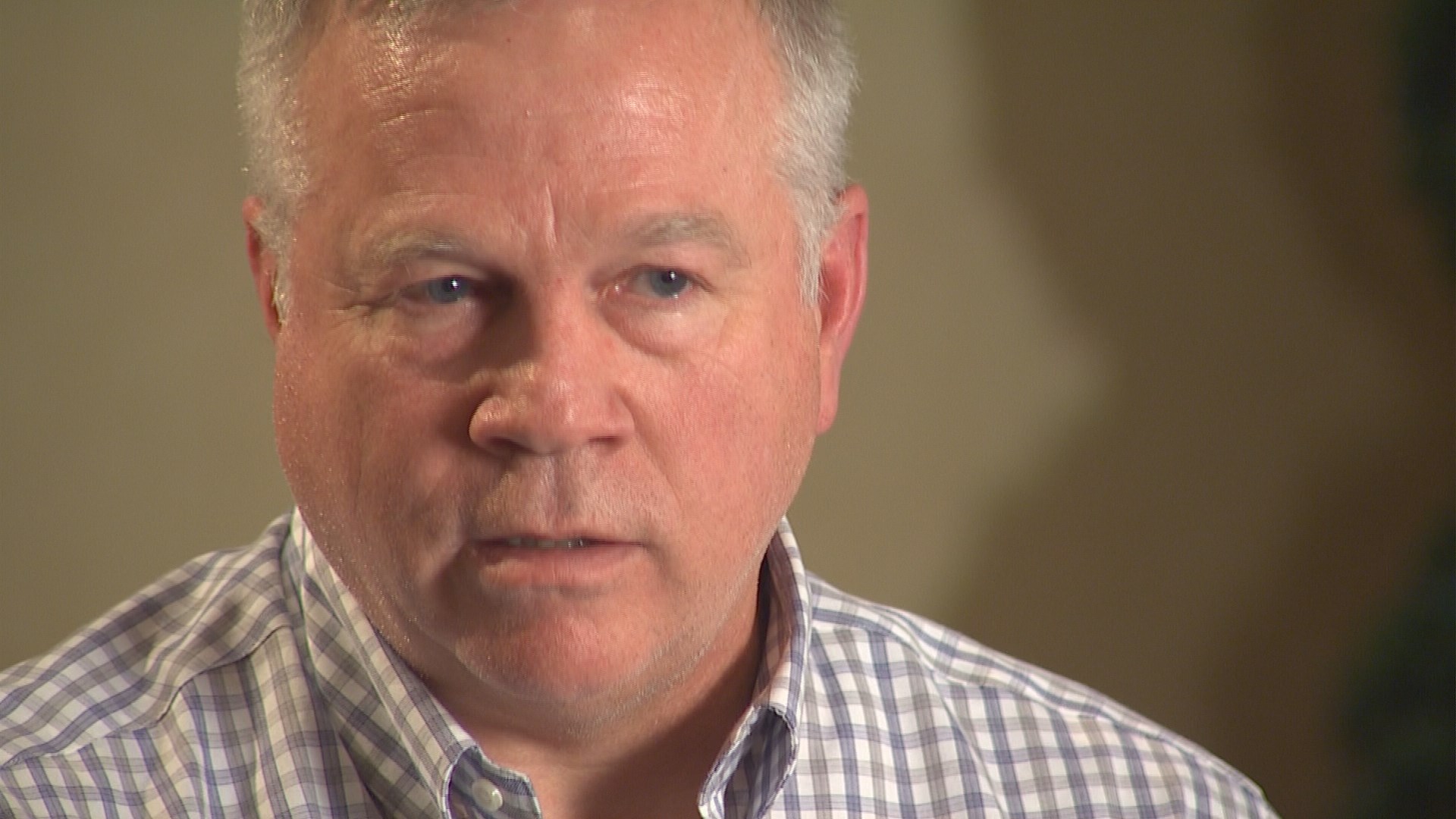In 30 years of medical practice, Dr. Loren Lewis of Spokane said he’s never seen tactics like those used at Hanford.
Instead of putting worker safety as priority number one at the former nuclear weapons complex, the occupational medicine expert said he felt “forced and under duress to…manipulate a medical policy” he wasn’t comfortable with.
From 2004 to 2006, Lewis was the top medical professional at the site, the Site Occupational Medical Director (SOMD). As per federal regulation, he was legally and ethically responsible for overseeing medical policy and programs for the 11,000 workers at the site. As SOMD, he was an employee of a federal government contractor, AdvanceMed Hanford.
Lewis said his supervisors at AdvanceMed Hanford and officials they reported to at the U.S. Department of Energy pressured him to abandon his adherence to the federal regulations and loosen medical policy as it related to keeping workers safe from a highly toxic metal at the site called beryllium.
“That was really a violation of their own regulations. They should have been aware that (the regulation) gives strict authority to the SOMD (to direct medical policy),” said Lewis. “To me, it is unthinkable that a medical professional would be forced to do things that are politically or have some other motivation besides the health of the person. That’s what we are trained to do and what the Hippocratic oath is about – the health of the person.”
In the mid-2000s, the subject of keeping workers safe from beryllium was a hot topic. The metal was used at Hanford in non-sparking tools and processes used to produce plutonium. It is one of the most hazardous metals on the planet, and some workers become allergic to it or contract a life-threatening disease called Chronic Beryllium Disease. The condition is an incurable lung disease that can cause a person’s health to decline over several years. It can affect not only a person’s lungs, but can also damage a person’s heart, nervous system, and mental health, as well as liver and kidney function.
After a worker would be diagnosed with an allergic reaction to beryllium, a condition called beryllium sensitivity, experts say best practice is to keep them away from beryllium to the greatest extent possible.
“It takes a seemingly trivial amount of beryllium to cause this disease,” said Dr. Lee Newman of the Center for Health, Work & Environment at the Colorado School of Public Health at the University of Colorado Anschutz Medical Campus. “So if you’re not being as strict as possible in controlling the exposures, it’s, unfortunately, easy for someone to be overexposed.”
Newman is considered the world’s leading expert on beryllium.
“There is no known safe level for someone who is sensitized,” said Newman.
But Lewis said his supervisors and a top U.S. Department of Energy official were pressuring him to come up with a safe level of beryllium and to put that measurement in Hanford medical policy for those who had become sensitized.
Hundreds of internal emails obtained by KING 5 show the bitter dispute over this issue between Lewis and his superiors.
“We received specific guidance from (U.S. Department of Energy administrator) Doug Shoop to reword the policy,” wrote Lewis’ boss on Oct. 8, 2006. “He (Shoop) specifically requested that the wording in the medical restriction document contain a reference to the maximum exposure limit…(but) you began questioning this direction…Such behavior is inexcusable.”
Lewis pushed back in dozens of emails.
“I cannot stress enough that it is very inappropriate for…DOE to exert duress and compulsion on the way that we practice medicine, on medical decision making,” wrote Lewis on Oct. 4, 2006.
“I cannot provide a ‘safe level’ of exposure because there is no medical support of such,” wrote Lewis. “(I’m being) forced and under duress to manipulate a medical policy (by people who do not have) a license to practice medicine in the State of Washington. (Going along) would put Hanford workers at increased risk.”
Shoop said he could barely remember Lewis and that he “didn’t believe” he had put pressure on the SOMD.
“My interest was the health of the worker and keeping them safe and not letting them go back into a situation where they could be harmed further,” said Lewis.
Lewis said making deadlines and getting the work done seemed to eclipse worker safety at the site.
“It was in the best interest of the employer and their profitability and getting people to do the work regardless of what the health consequences were,” said Lewis.
Lewis refused to cave under pressure. Nineteen days after he put his foot down once and for all, he was fired.
“My supervisor gave me a note and said the Department of Energy had lost confidence in my leadership and fired me on the spot,” said Lewis.
Lewis said on behalf of the sick and forgotten at Hanford, the fight, the stress, the loss of a job was all worth it.
“It was very difficult to stand up against that,” Lewis said. “There was a lot of force…I was proud of myself that I was willing to stand my ground and stick up for my principals and the ethics I felt were important, and if I did it again, I would do the same thing.”
Lewis now works for the U.S. Department of Labor, helping sick nuclear workers.
During that time in the mid-2000s, he tried to get the word out about what was going on. He filed complaints with the Department of Energy in Washington D.C. Teams came out and investigated, but nothing ever came of it.
That’s why he’s speaking out now, to bring attention to what he thinks is most likely still going on at Hanford.
"The workers are not safe and protected by the system," said Newman.


